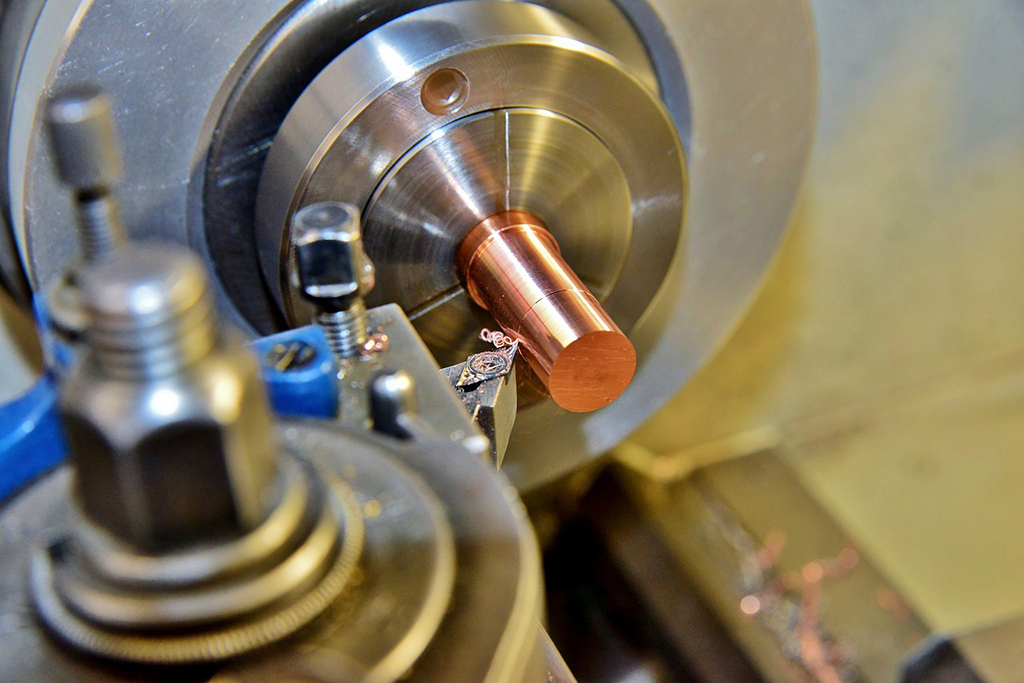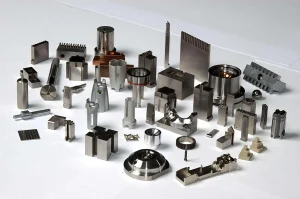In today’s rapidly changing technology, plastic deposition molding technology, which is what we usually call FDM (fused deposition molding) technology in 3D printing technology, has attracted countless people’s attention with its unique charm and wide application prospects. This technology not only allows creativity and imagination to be quickly transformed into reality, but also shows great flexibility and diversity in material selection.

1. ABS plastic: a synonym for toughness and stability
ABS plastic, the full name of acrylonitrile-butadiene-styrene terpolymer, is one of the most commonly used materials in FDM technology. It combines the high strength and thermal stability of acrylonitrile, the toughness and impact resistance of butadiene, and the easy processing, high strength and high finish of styrene. These characteristics make ABS plastic perform well in 3D printing, especially suitable for manufacturing parts with complex appearance and requiring certain strength and wear resistance. Whether it is automotive accessories, electronic and electrical housings, or toy models, ABS plastic can easily cope with it.
2. PLA plastic: a new choice for environmental protection and biodegradation
Unlike ABS plastic, PLA plastic (polylactic acid) is a new type of biodegradable material. It comes from renewable plant resources, such as corn starch, and can be completely degraded by microorganisms in nature after use, eventually generating carbon dioxide and water. This feature makes PLA plastic attract much attention in the field of environmental protection. Although the strength and impact resistance of PLA plastic are slightly inferior to ABS, its harmlessness to the human body and complete biodegradability make it have broad application prospects in biomedicine, food packaging and other fields.
3. PC plastic: a perfect combination of transparency and high strength
PC plastic (polycarbonate) is a colorless and highly transparent thermoplastic engineering plastic. It has the characteristics of impact resistance, high toughness, high heat resistance, and chemical corrosion resistance, and is widely used in various fields such as eyeglass lenses and beverage bottles. In 3D printing, PC plastic is favored for its excellent comprehensive properties, such as small molding shrinkage and high dimensional stability. Whether it is manufacturing exhibits that require high transparency or industrial parts that require high strength and heat resistance, PC plastic can provide excellent performance.
4. Other materials: display of diversity and innovation
In addition to the well-known ABS, PLA and PC plastics, FDM technology also adopts a variety of other materials such as nylon and PPSF (polyphenylsulfone). These materials have their own advantages. For example, nylon shows excellent wear resistance and outstanding toughness; while PPSF stands out with its extraordinary high temperature resistance and chemical stability. With the rapid development of technology, more new materials are constantly being integrated into FDM technology, such as conductive plastics and plastics suitable for low-temperature printing, which have opened up more creative space and unlimited possibilities for the field of 3D printing.
In summary, the materials used in plastic deposition molding technology are diverse and have their own characteristics. The choice of these materials depends not only on the specific needs of the printed object, but also on cost, environmental protection, processing performance and other factors. Therefore, when choosing the right material, we need to consider a variety of factors to ensure that the printed object has excellent performance and quality.






